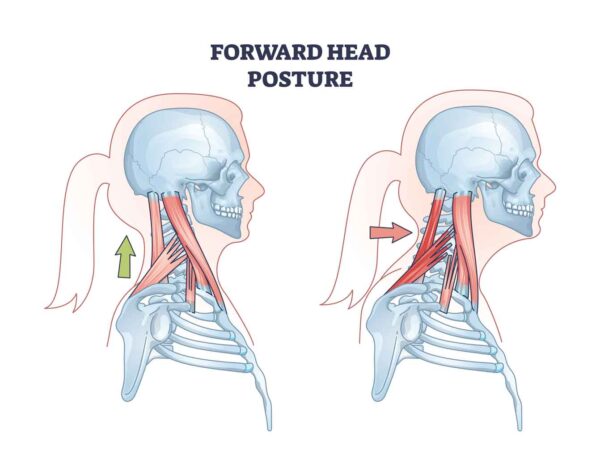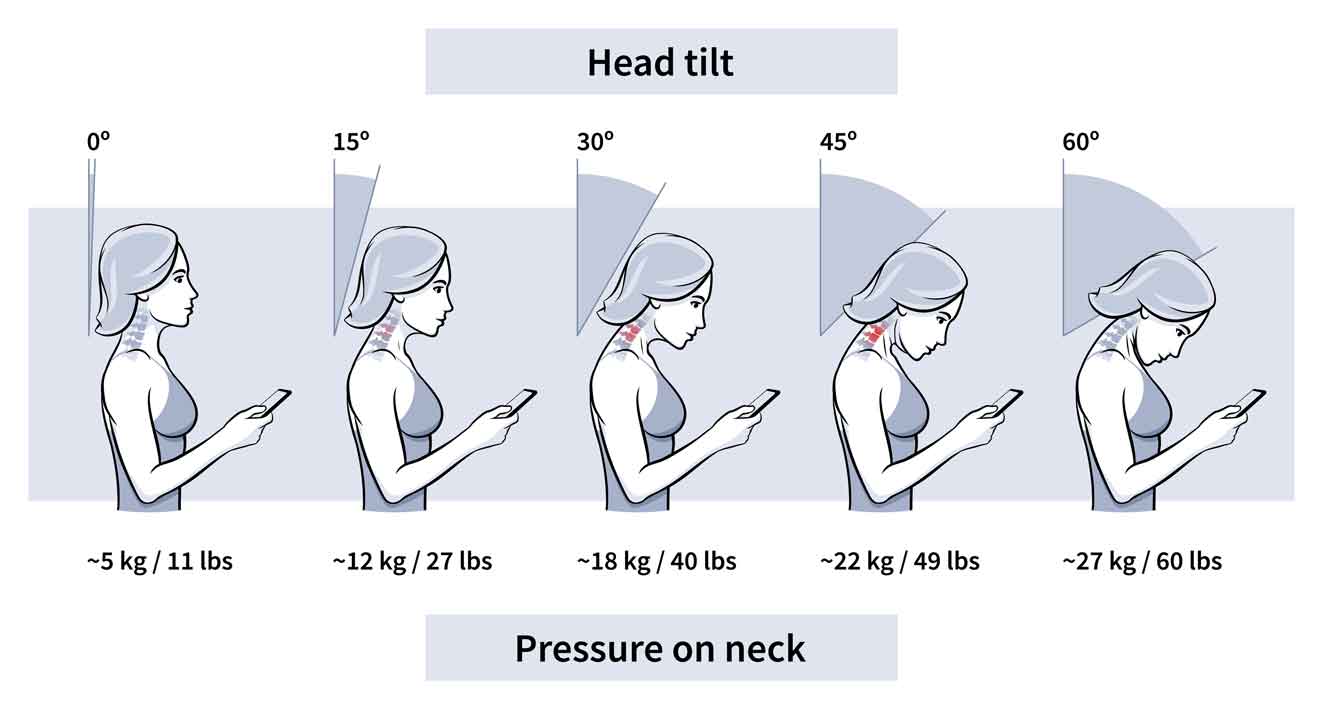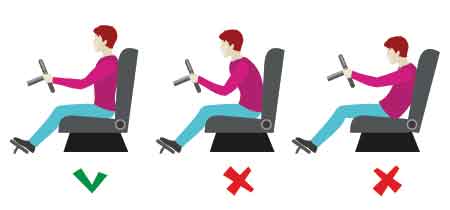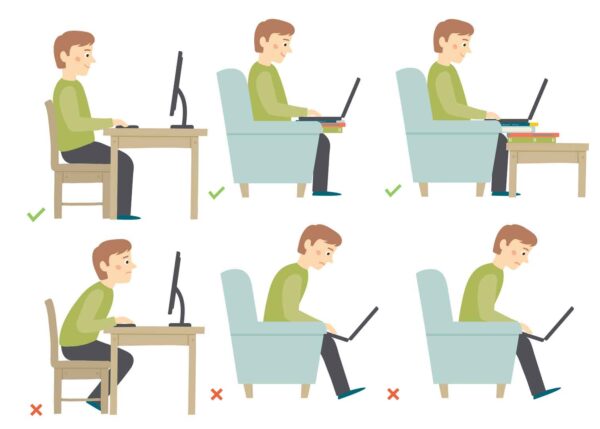Headaches Caused by Neck Pain
It’s not uncommon to experience headaches when you have neck pain. The close relationship between your neck and head means that discomfort in your neck can often lead to headaches. Understanding the connection between neck pain and headaches can help you find effective ways to address and alleviate the discomfort. The relationship between the two depends on the underlying cause of your neck pain and the type of headaches you are experiencing.
The relationship between headaches and neck pain can be explained in several ways. Neck pain is often linked to various types of headaches. In some instances, neck pain itself can trigger headaches, while in others, the muscles at the base of the skull and top of the neck can contribute to headache pain. Additionally, neck pain can sometimes be a symptom of certain types of headaches.
A study done Danish Headache Center in Glostrup revealed the muscles of the neck and shoulders were 26% weaker in those who suffered from tension headaches versus those who did not. Strength imbalances were seen in muscles on both sides of the neck.
Poor posture
Postural problems that can cause migraine or tension-type headaches include:
- Forward head posture: When the head is consistently positioned forward in relation to the shoulders, it can strain the neck muscles and cause tension-type headaches.
- Rounded shoulders: Slouching or rounded shoulders can result in poor neck and upper back alignment, leading to muscle imbalances and tension headaches.
- Hunched back: Poor posture in the upper back can cause strain on the neck and shoulder muscles, contributing to tension-type headaches.
- Kyphosis: Excessive rounding of the upper back (kyphosis) can affect the alignment of the neck and shoulders, leading to muscle tension and headaches.
- Uneven shoulders: Having one shoulder higher than the other due to poor posture can result in muscle imbalances and tension headaches.
Forward-slumped posture: A forward-slumped posture can cause increased strain on the neck, upper back, and shoulder muscles, resulting in tension-type headaches.

Phone usage
Constantly looking at your phone with your head dropped and shoulders stooped can affect the natural curve of the neck, potentially leading to muscle strain and neck pain. The problem is often called Tech neck or nerd neck which refers to the strain and discomfort in the neck and upper back caused by prolonged use of technology devices with poor posture, such as slouching and hunching over. This can lead to muscle stiffness, soreness, and altered spinal alignment, potentially resulting in chronic neck pain. It also adds weight to the head and creates tension in the neck, exacerbating the issue. Other effects of tech neck include eye strain, sedentary behavior, and increased mental stress.

Driving
Improper driving posture, such as leaning forward or craning the neck due to an inadequately adjusted seat that is positioned too far back or too low, can cause stress on the neck. Prolonged driving can result in the upper body leaning forward, leading to the need to raise the head upwards to see the road, which can further strain the neck muscles.

Ergonomics
Sitting in front of a computer or at a desk for extended periods with poor ergonomics, such as a computer monitor that is positioned too low or too high, as well as heavy lifting, can strain the neck as you try to see the screen clearly or lift heavy objects, resulting in additional pressure on the neck muscles.

Postural exercises reduce migraine and TTH
In conclusion, understanding the intricate connection between headaches, neck pain, and posture is crucial for managing and preventing these discomforts. As we’ve explored, poor posture can contribute significantly to tension-type headaches (TTH) and migraines. The good news is that relief may be closer than you think, and it doesn’t always require medication.
Consider incorporating postural exercises into your daily routine to address the root causes of your headaches and neck pain. These exercises aim to improve muscle strength, flexibility, and alignment, creating a foundation for better posture. By consistently practicing these exercises, you empower your body to maintain a more balanced and relaxed state, reducing the frequency and intensity of headaches.
Remember, it’s essential to consult with healthcare professionals to ensure an accurate diagnosis and personalized guidance on the most suitable exercises for your specific condition. However, by taking proactive steps to address your posture, you can play an active role in managing and alleviating migraine and tension-type headaches.